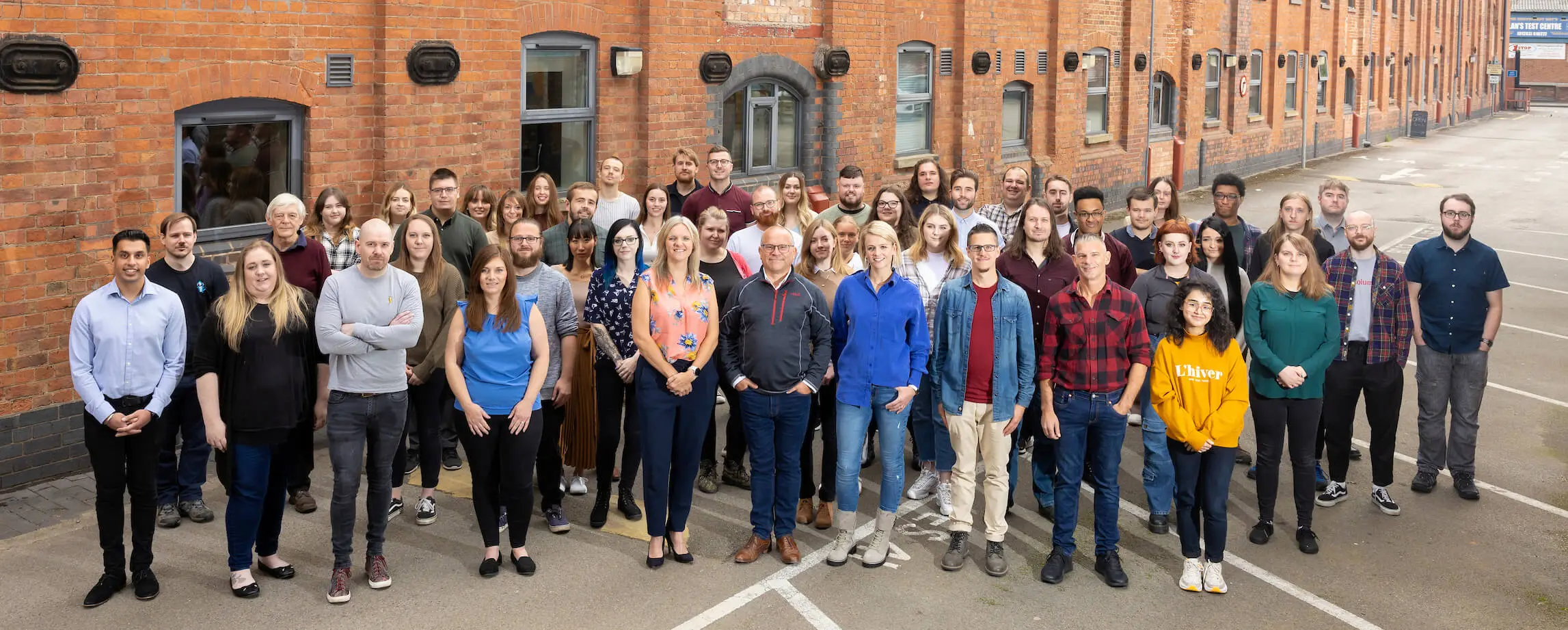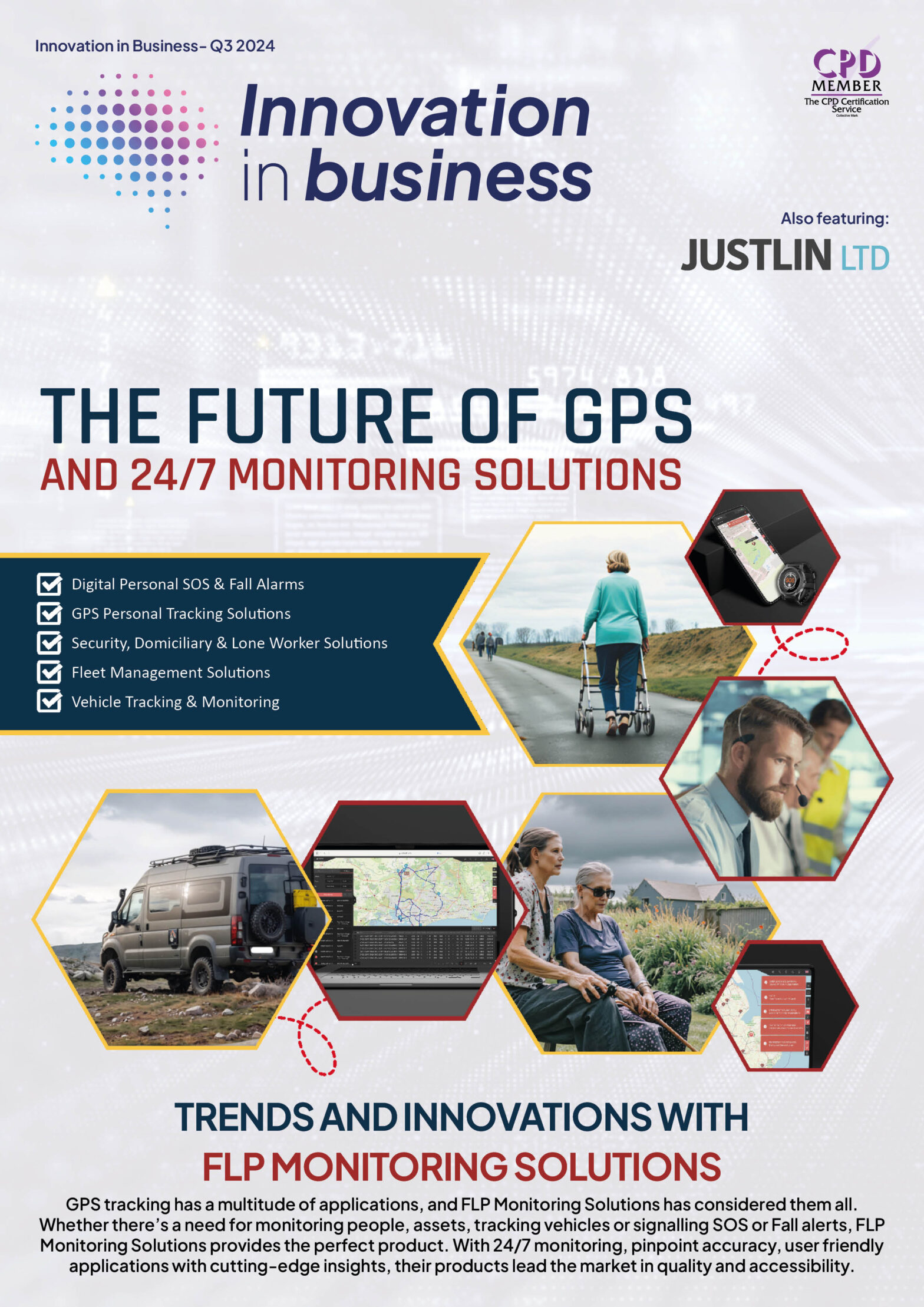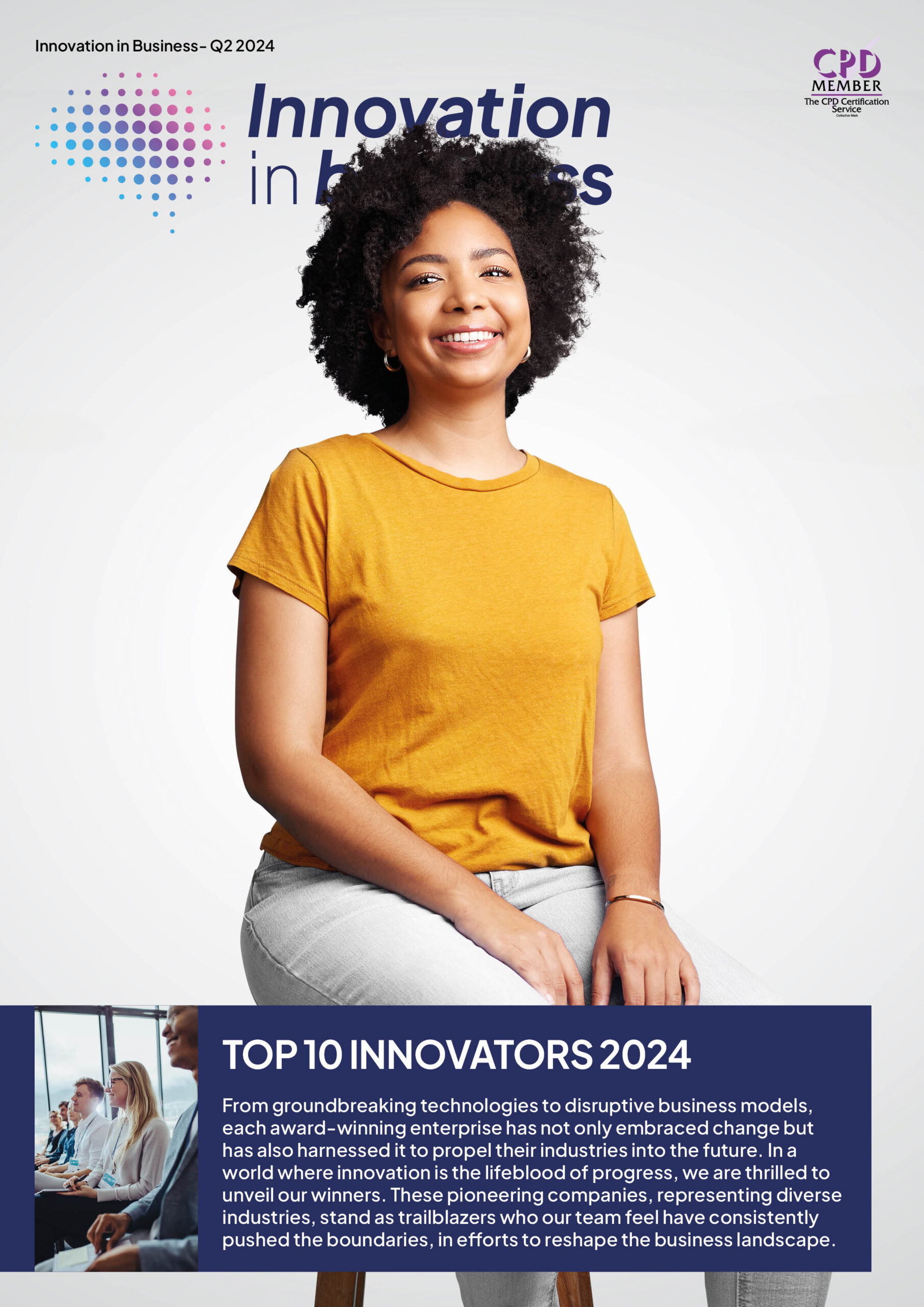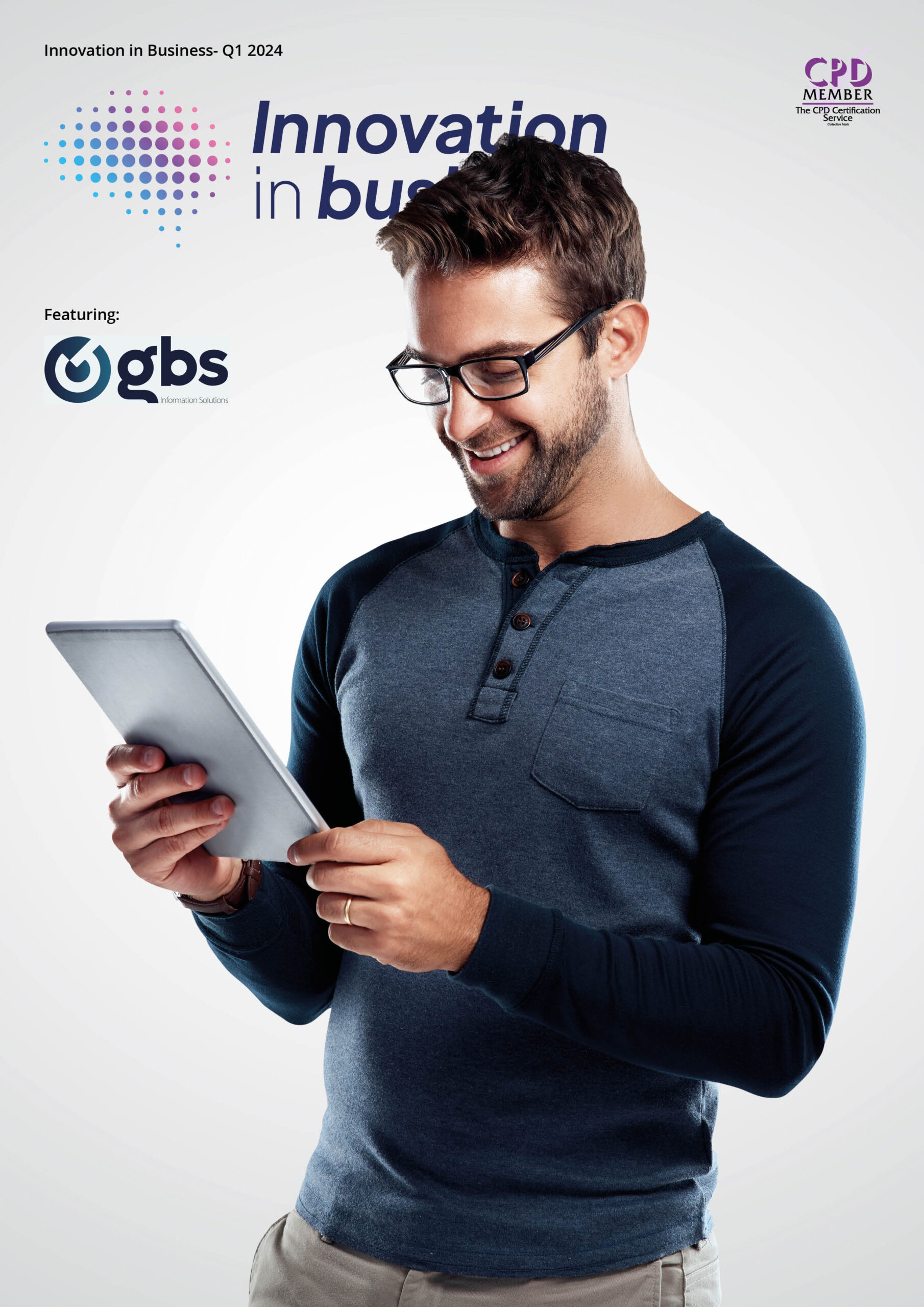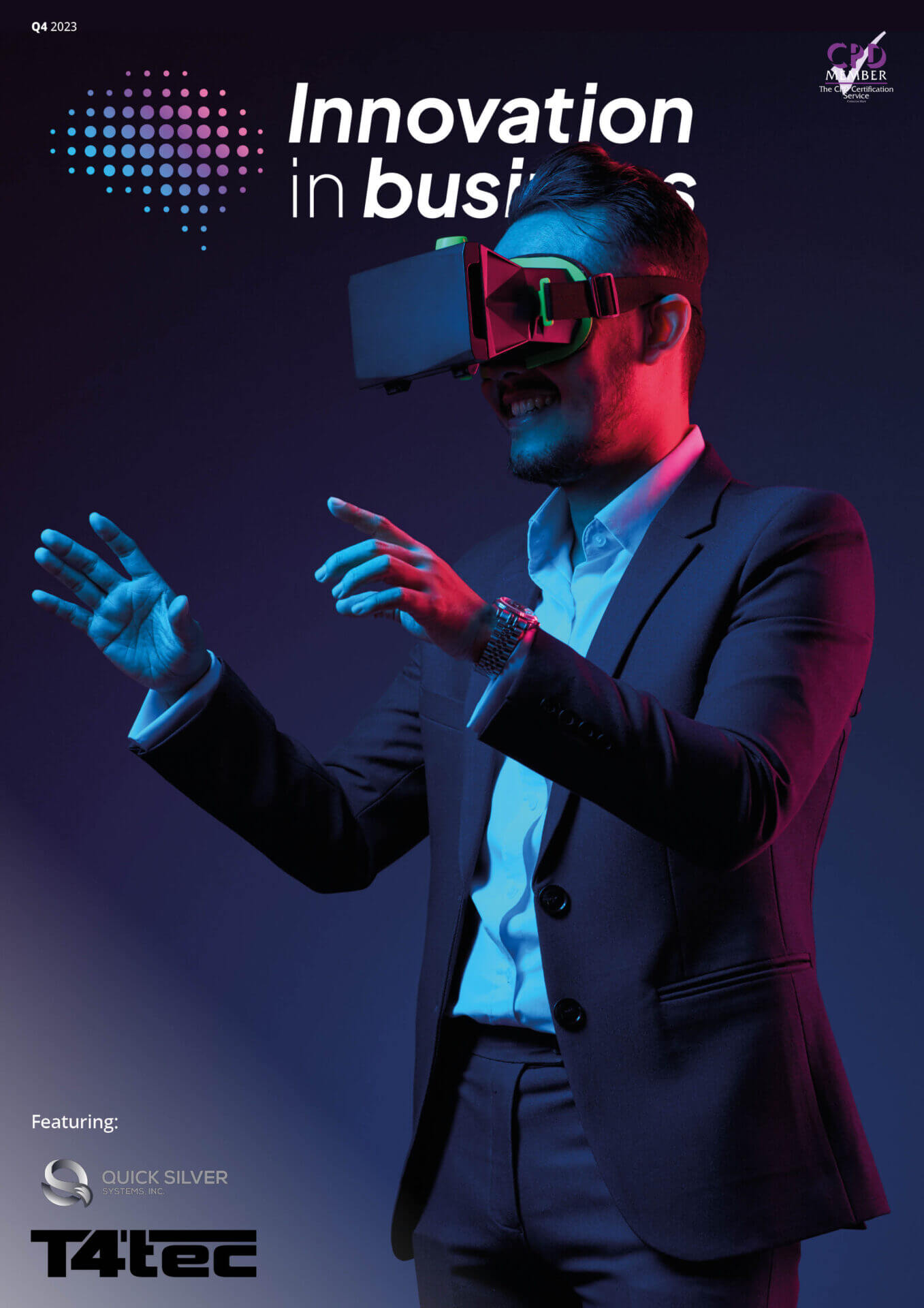

Given today’s dynamic landscape of modern workplaces, employee onboarding is transforming significantly. As businesses adapt to remote work, hybrid models, and diverse workforce expectations, they forego the traditional onboarding process and embrace more innovative approaches. Thanks to technology, many businesses were able to improve onboarding, leading to enhanced engagement, productivity, and retention.
- What is Employee Onboarding
Employee onboarding is a process that businesses implement to integrate new hires into the organisation, helping them acclimate to their new roles. It includes introducing them to the company’s culture, policies, and procedures. Furthermore, employee onboarding encompasses activities and initiatives aimed at helping new employees transition smoothly into their new positions and become productive team members.
The onboarding process typically begins as soon as the employee accepts the job offer and continues for a set period, often extending from the first day on the job to several months. While it varies from one organisation to another, onboarding generally includes orientation sessions, training programs, and introductions to colleagues and key stakeholders.
Effective employee onboarding goes beyond mere administrative tasks – it aims to foster a sense of belongingness and engagement among new hires, align their goals with those of the organisation, and set them up for long-term success. By providing the necessary support and guidance during the initial stages of employment, companies can help new employees feel valued, confident, and motivated to contribute positively to the organisation.
Businesses should adapt to evolving trends in employee onboarding to remain competitive and attract top talent. A well-executed onboarding process not only enhances employee satisfaction and retention but also contributes to the overall effectiveness and success of the organisation. By embracing new methods and technologies, businesses can create a positive first impression, fostering a supportive work environment.
- Employee Onboarding Software
Numerous organisations are turning to employee onboarding software to enhance their onboarding procedures. As the cornerstone of an efficient onboarding process, it ensures a seamless welcome for new hires. Available in diverse forms, these solutions address various facets of employee onboarding.
Employee onboarding software has become an indispensable asset for modern businesses aiming to streamline their onboarding processes and optimise the new hire’s experience. These platforms offer a comprehensive solution that automates and centralises various aspects of onboarding, from paperwork completion to training and integration.
In addition, onboarding software facilitates consistent and standardised onboarding experiences across departments and locations. It ensures that all new hires receive essential information, complete required tasks, and access necessary resources, promoting equality and inclusion right from the start.
The onboarding platforms of today are very innovative and often include features for task management and progress tracking, allowing HR teams to monitor the onboarding progress of individual employees and intervene when necessary to address any issues or concerns.
Furthermore, employee onboarding software can enhance communication and engagement by providing avenues for interaction between new hires, mentors, managers, and HR personnel. Features like chat functionalities, virtual orientation sessions, and interactive training modules foster connections and facilitate knowledge sharing within the organisation.
By leveraging employee onboarding software, companies can create more efficient, consistent, and engaging onboarding experiences that contribute to higher employee satisfaction, faster integration, and improved retention rates.
- Employee Onboarding Tools
Despite our increasing dependence on digital solutions, many organisations still need to rely on traditional and cumbersome methods for onboarding new staff. More than 50% of organisations centre their onboarding efforts on processes and paperwork, leading to prolonged, erratic, and lacklustre experiences for new hires.
Fortunately, several new onboarding tools have emerged, offering organisations opportunities to digitise their onboarding procedures with unprecedented ease.
These platforms prove invaluable for digital onboarding. And mobile-based training solutions facilitate productivity among new hires through engaging learning content that you can tailor to the workforce’s requirements. With seamless integrations, open API, and enterprise-level security they can effortlessly create and distribute optimised onboarding training across various markets, ensuring efficient assimilation and proficiency among employees.
Onboarding tools for HR can help streamline the onboarding journey for new employees and create a stellar first impression. These platforms seamlessly gather new starter details, automating administrative tasks to ensure consistency, legal compliance, and heightened efficiency. Moreover, with customisable dashboards, you can curate an experience that reflects your organisation’s culture, fostering employee engagement from day one.
- Employee Onboarding Apps
Another way organisations are improving their onboarding efforts is by integrating employee onboarding apps. Employee onboarding apps offer businesses streamlined processes, fostering smoother transitions for new hires. These apps digitise paperwork, reducing administrative burdens and minimising errors. They provide centralised platforms for accessing training materials and company resources, enhancing efficiency and consistency across teams.
In addition, onboarding apps facilitate communication between HR, managers, and new employees, fostering engagement and clarifying expectations. By automating tasks and providing accessible resources, these apps accelerate the integration of new hires, improving productivity and retention rates while enhancing the overall onboarding experience for both employees and employers.
With so many employee onboarding apps today, choosing the right app can be overwhelming. The key is knowing the app’s core features to see if it matches your needs. For instance, some apps facilitate seamless communication and collaboration among new employees, HR, managers, and team members. These include chat functionality, video conferencing capabilities, and discussion forums, fostering interaction and engagement.
Some apps have an onboarding progress tracking feature, offering a comprehensive overview of the onboarding journey for new employees and HR personnel. This functionality enables all stakeholders to monitor and assess the onboarding process, identify potential bottlenecks, and offer essential support and feedback. By providing a transparent view of progress, these apps empower teams to address challenges promptly, optimise the onboarding experience, and ensure a seamless transition for new hires.
Investing in onboarding apps with employee profile functionality is beneficial, enabling new hires to input and update personal information, emergency contacts, and other pertinent details. This data serves administrative purposes and aids managers and colleagues in familiarising themselves with the new employee. By centralising and updating essential information, these apps streamline administrative tasks and facilitate smoother integration into the team.

Technology
25 March 2025
Ransomware-As-A-Service Variants on the Rise With Critical Infrastructure Providers at the Greatest Risk

Business Advice
25 March 2025
Claims Processing Automation: How Insurers Can Cut Costs and Improve CX

Technology
18 March 2025
Secret Signs Your Internet Security Has Been Compromised



